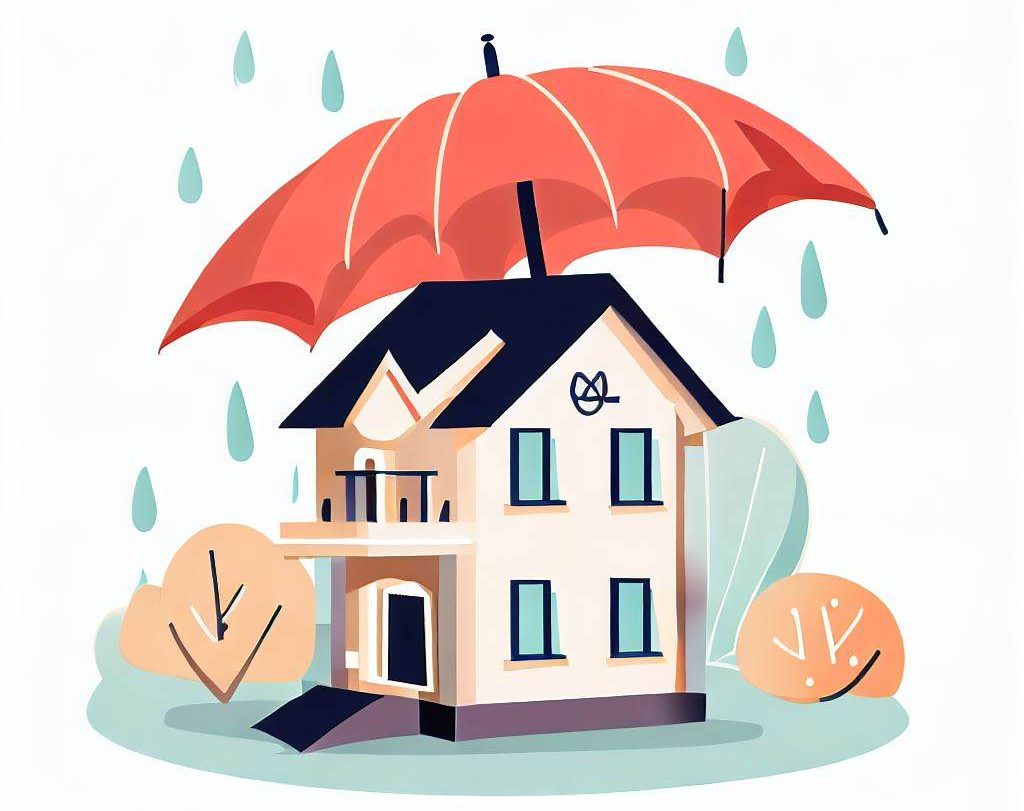Private Mortgage Insurance (PMI) is a crucial aspect of the home-buying process, especially for those who make a down payment of less than 20% on their home. In this comprehensive guide, we’ll delve into the details of PMI, its purpose, benefits, costs, and how it affects your overall mortgage experience.
What is Private Mortgage Insurance (PMI)?
PMI is a type of insurance that protects the lender in case the borrower defaults on the mortgage. It’s typically required when the borrower’s down payment is less than 20% of the home’s purchase price. PMI allows lenders to offer loans to borrowers with smaller down payments while mitigating the increased risk associated with higher loan-to-value ratios.
How Does PMI Work?
If you secure a mortgage with PMI, you, the borrower, pay a monthly premium to the lender in addition to your mortgage payment. This premium is then used to provide financial protection to the lender in case you fail to make your mortgage payments. If you default on the loan, the lender can file a claim with the PMI company to recover their losses.
Benefits of PMI:
- Lower Down Payment: PMI allows you to buy a home with a down payment as low as 3% to 5%, making homeownership more accessible.
- Opportunity to Buy Sooner: PMI enables you to enter the housing market sooner by requiring a smaller upfront investment.
- Flexible Options: PMI comes with different payment options, such as paying a larger upfront premium or having it bundled into your monthly mortgage payment.
Cost of PMI:
The cost of PMI varies based on several factors, including your credit score, loan amount, and down payment. On average, PMI can cost around 0.3% to 1.5% of the original loan amount per year. This means that if you have a $200,000 loan, you could pay anywhere from $600 to $3,000 annually for PMI.
How to Remove PMI:
Once you’ve built up enough equity in your home, you can request the removal of PMI. This typically requires that your loan-to-value (LTV) ratio drops to 80% or lower. You can achieve this by making extra payments towards your principal balance, benefiting from rising home values, or a combination of both. Once your LTV ratio meets the lender’s criteria, you can formally request the removal of PMI.
Alternatives to PMI:
- Lender-Paid Mortgage Insurance (LPMI): In this option, the lender pays the PMI premium upfront in exchange for a higher interest rate on your mortgage. LPMI can result in a lower monthly payment compared to borrower-paid PMI.
- Piggyback Mortgage: Also known as an 80-10-10 loan, this strategy involves taking out two loans: one for 80% of the home’s value, another for 10%, and making a 10% down payment. This approach can help you avoid PMI altogether.
In Conclusion:
Private Mortgage Insurance is a valuable tool that allows borrowers to enter the housing market with a lower down payment. It provides financial security to lenders while giving homebuyers the opportunity to achieve homeownership sooner. Understanding the costs, benefits, and removal process of PMI can empower you to make informed decisions on your homebuying journey. If you’re considering PMI, it’s advisable to discuss your options with a mortgage professional to find the solution that best fits your financial situation.

